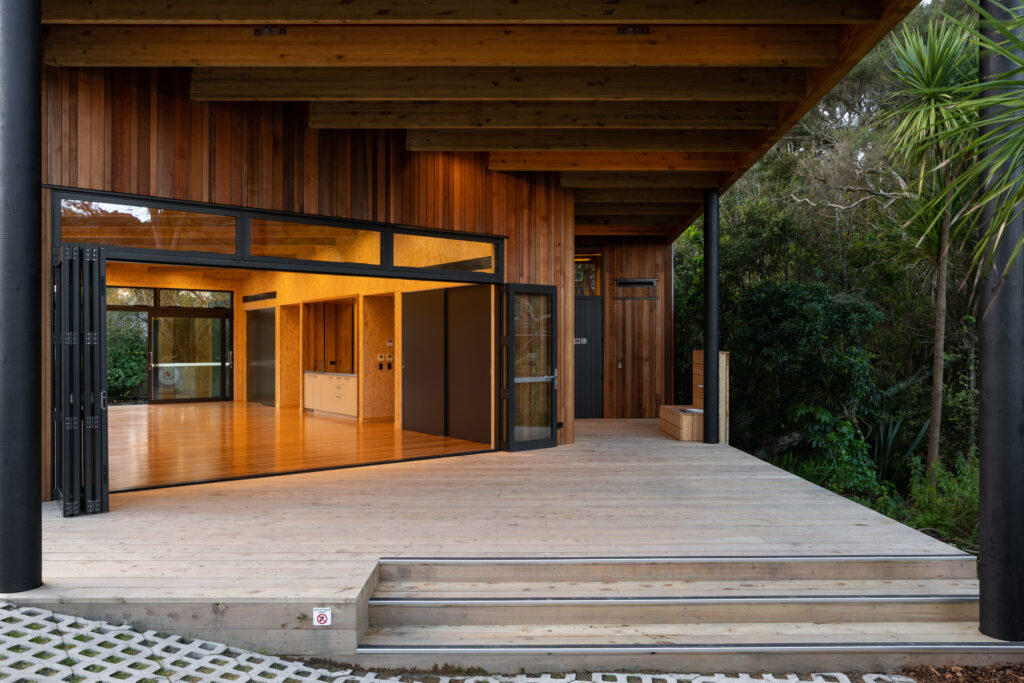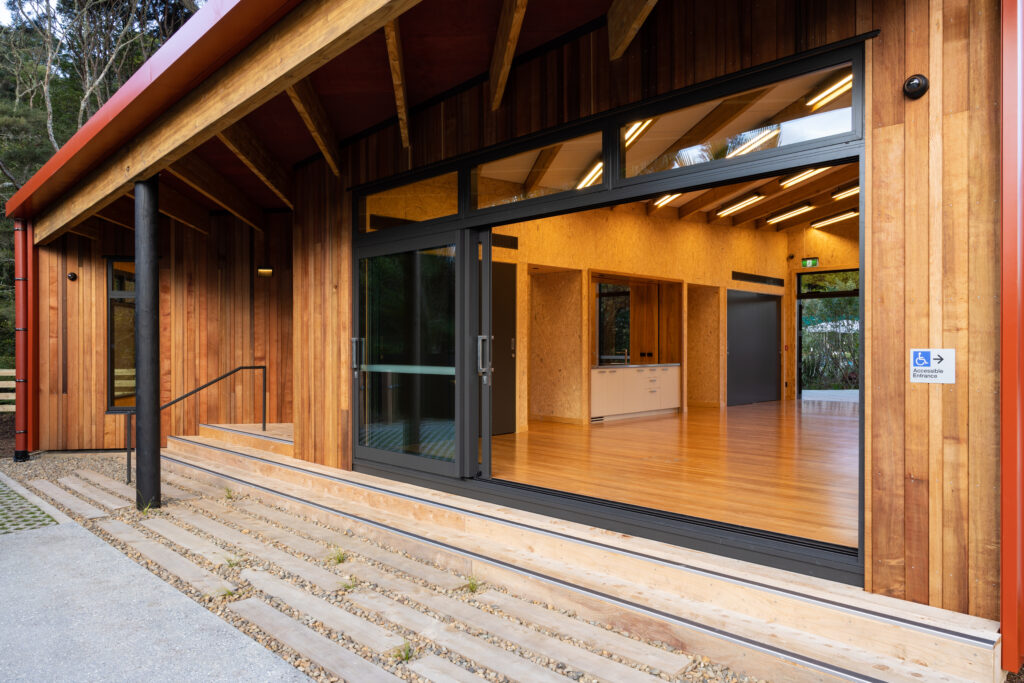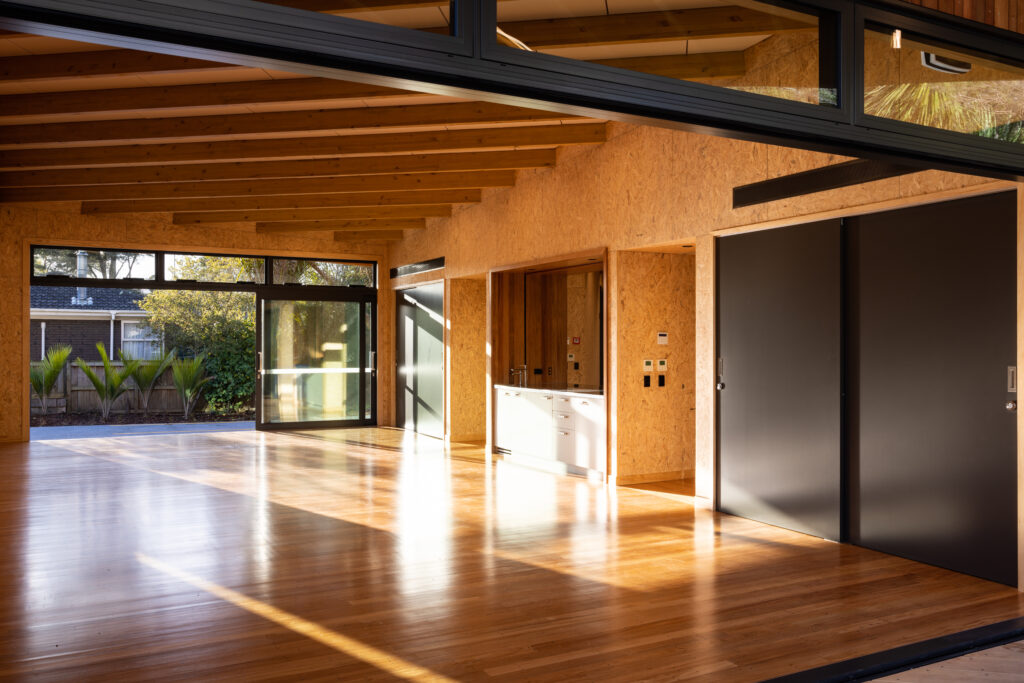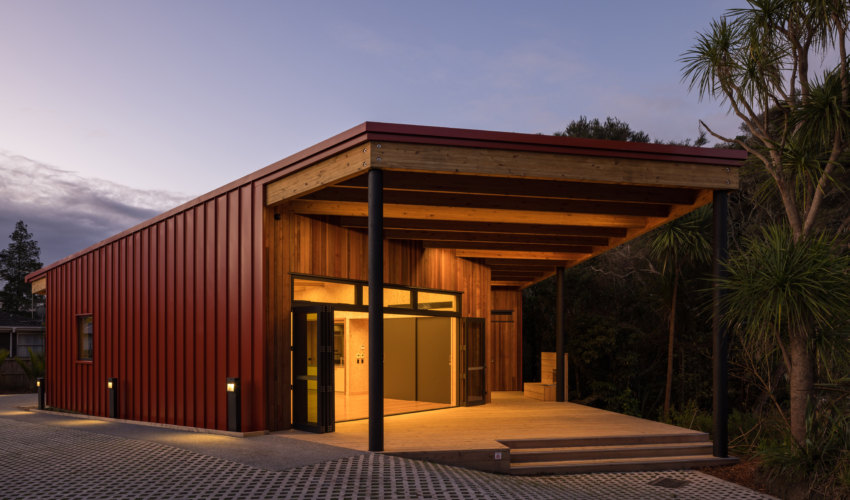
In 1998, a small group of enthusiastic and ambitious volunteers based on Auckland’s North Shore began to band together to weed a local reserve to prevent the degradation of a small local forest. As time went on, more and more neighbours saw their community converging for a common purpose and resolved to volunteer their time to restore local bush reserves in the area.
This was the beginning of the Kaipātiki project – a self-described ‘ecohub’ that facilitates forest, stream, and estuary regeneration, promotes zero waste, and encourages local food initiatives across the North Shore. In the quarter century since its inception, it has grown immensely: nowadays, there are over 800 volunteers who help run a native plant nursery, growing over 40,000 native plants annually – which are then planted back in local reserves.
The project grew to such a degree that Kaipātiki soon began to outgrow its base of operations in Birkdale, and around 2020, plans to build a new EcoHub started to form. Initially delayed by the pandemic, construction began in 2021 after the demolition of the previous building and was finally completed a few months ago.
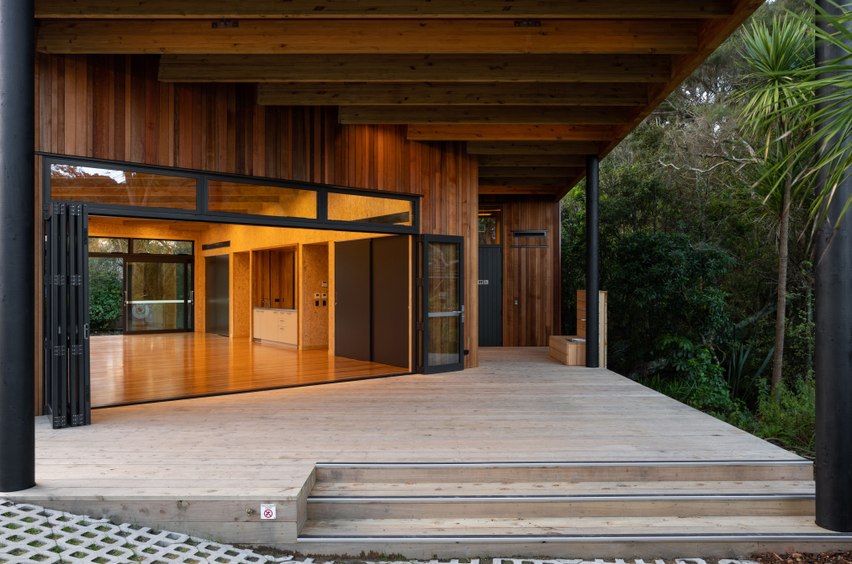
Techlam: A structural timber specialist
Leaning heavily on timber as a primary construction material – from foundations to superstructure to cladding – the new building is simultaneously large enough to accommodate the community’s goals of a bustling EcoHub of learning, and embodies a zero waste, green building ethos. To convert this ambition to reality, the Kaipātiki Project brought on several hard hitters in the industry, including Athfield Architects, Aspec Construction, and Techlam.
Techlam, a local timber manufacturer specialising in premium structural glulaminated product, got involved at the tender stage with all the other contractors once the design had been completed. Roy Hamilton, Techlam’s director of sales & projects, says the company’s expertise in timber structural products fit the project well.
“Our involvement consisted of 3D modelling and shop drawings of the timber roof structure package, which was then cut using an advanced CNC processing machine in our factory,” says Roy. “We then supplied this prefabricated package to the site.”
Techlam also supplied the associated steel plates and fixings and provided modelling and drawings for the steel connections.
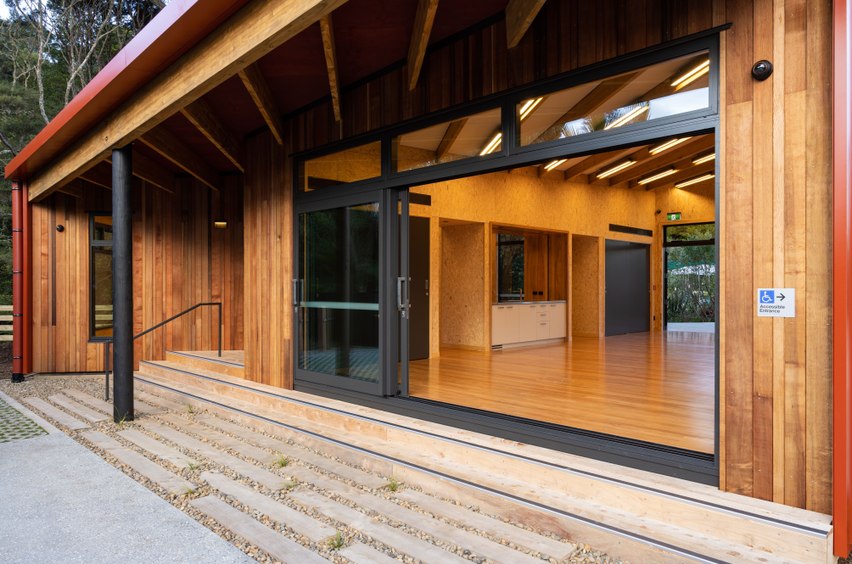
Building a sustainable HQ for a sustainable organisation
Of course, as a building that will eventually be occupied by volunteers at a conservation-focussed ecohub, there was an obvious emphasis throughout the design and construction process on sustainability. Roy says Techlam’s input in this regard started with the treatment of the wood.
“We treated the timber for this project with micronised copper azole (MCA), which is a lot more environmentally friendly and has fewer nasty chemicals than the more common form of treatment for exterior timber – Chromated copper arsenate (CCA)” says Roy. “MCA treated timber is not as readily available, but we wanted to ensure we were using a better product for the environment.”
With the timber that Techlam uses, there is also a requirement that they maintain a chain of custody under the Forest Stewardship Council (FSC), so they can trace every step of the timber’s journey, from when it was cut down to where it ends up.
“This also means we can make sure that the tree that was cut down has been replanted; it’s come through sawmills and processing plants that pay their staff fairly; and that everything is properly documented.”

“We continually assess the environmental impact of our activities and products, and drive the business to reduce our impact via the establishment of appropriate controls and measures,” says Roy.
“We also ensure through our wastage programme that all by-products and adhesives are disposed of without impact on the environment and any off-cut timber is disposed of carefully.”
Roy says it was clear from the beginning that the clients wanted sustainability to be at the heart of all design and construction aspects of the project – and that he’s happy Techlam could help deliver this.
“You always get a real passion from the clients when sustainability is involved,” he says, “so it was good to work with them to realise this ambition.”
Learn more about Techlam and its structural timber offerings.
Article reposted from ArchiPro


